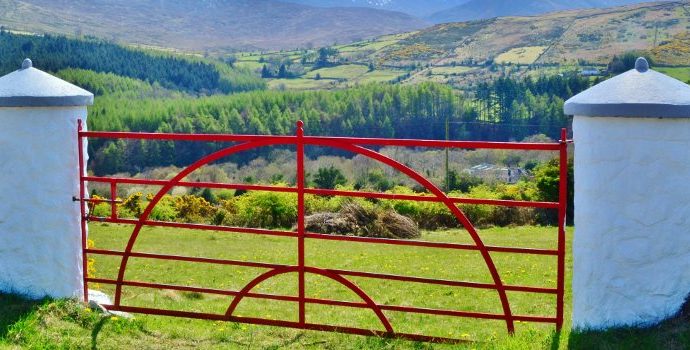Liquid Milk Producers Need 5c/l Price Increase for Winter 2010/11

Angry Connacht Gold Liquid Milk Producers (CGLMP) earlier this week held a suppliers’ meeting in Tubbercurry, Co. Sligo, to discuss with the Connacht Gold management team the urgent need for a price increase in the face of massive feed and fertiliser cost hikes in recent months.
This meeting was part of a national campaign by the National Liquid Milk Committee to demand the rolling back by dairies of margins foolishly conceded to retailers in the last 12 months, and an increase of 5c/l for the last three remaining 2010/11 winter months.
CGLMP Chairman Alex Petrie said: “Over 80% of Connacht Gold suppliers attended the meeting on Wednesday night. They were angry and worried about the future of their business and the commitment of Connacht Gold to pay a long term viable milk price to sustain its specialist liquid milk suppliers”.
“Our milk price this winter is 2.5c/l down on last winter’s price. Our production costs have increased by at least 2c/l over the same period, with feed, fertiliser and fuel costs still going through the roof. That is not sustainable,” he added.
“We intend to go back into negotiations with Connacht Gold to obtain a review of the January to March 2011 milk price. Connacht Gold may be among the better payers, but the price they are paying us this winter simply does not cover our costs. We need a 5c/l increase to 40c/l for those three months and Connacht Gold must get retailers to recognise that they must take account of primary producers’ costs,” Mr Petrie said.
National Liquid Milk Committee Chairman Padraig Mulligan criticised dairies for continuing to undercut each other on the market place, at farmers’ expenses. “It is no longer the case that the main issue is cheap milk from Northern Ireland being used as leverage by supermarkets – the United Dairy Farmers’ auction system has made NI milk quite a lot dearer in recent months,” Mr Mulligan said.
“Our dairies need to come to their senses, before they ruin liquid milk producers altogether. The industry as a whole needs to stand back from undercutting in order to maximise market returns and secure a viable milk price for the specialist year-round suppliers of high quality milk,” he said.
“Preliminary indications from the Profit Monitor for 2010 show that feed and fertiliser costs for winter producers have increased by nearly 10% across 2010. Feed, fertiliser and fuel prices are still rising fast, so that the 2010/11 winter costs for liquid milk producers could be 2 to 3 cents a litre higher than last year. A 5c/l increase to 40c/l or more for the last 3 months of the 2010/11 winter is not an excessive demand by producers, and I call on all dairies to increase their prices accordingly,” he concluded.




